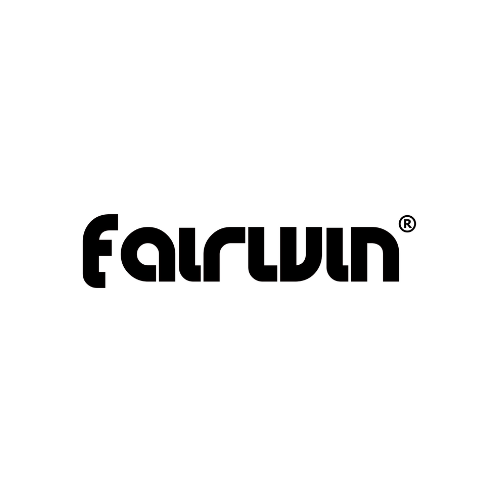
What a Built-Tool Belt Should Have: Key Features for Durability, Comfort & Carrying Power
Share
If you carry tools every day—whether for work, DIY, or serious EDC—you need a belt that’s more than just a strap. A true tool belt is a load-bearing platform: it supports weight, keeps gear accessible, and stays comfortable through long shifts. Here’s a straightforward guide to the features that separate a good belt from the best tool belt for real work.
1. Rigid, Dual-Layer Construction (No Sagging)
A work belt must resist roll and stretch. Look for a heavy-duty belt with a rigid inner core or a dual-layer design (stiff inner layer + flexible outer cover). That structure keeps pouches and holsters stable when loaded—no sagging, no canting—so your tools stay where you put them.
Keywords: heavy-duty belt, load-bearing belt
2. Secure, High-Strength Buckle
The buckle is the weak link if it’s not built right. Opt for a locking buckle system—metal ratchet or heavy-duty quick-release—that won’t slip under tension. A quality ratchet belt buckle gives micro-adjustability and a no-slip hold, which is priceless when you’re bending, climbing, or reaching.
Keywords: ratchet belt buckle, no-slip buckle
3. MOLLE Webbing & Modular Attachment Points
Modularity is key. MOLLE webbing or reinforced attachment loops let you mount pouches, holsters, radios, and sheaths where you need them. This makes the belt adaptable: swap a hammer loop for a mag pouch or add a first-aid pouch when the job calls for it.
Keywords: MOLLE webbing, modular attachment
4. Compatible Width & Proper Fit
Most professional belts sit in the 1.5”–2” range. That width balances stability and compatibility with standard belt loops. Make sure the belt fits snugly at the hip—too loose and it twists; too tight and it becomes uncomfortable. Some belts include a 1.5" inner adjustable layer for a precise fit under the outer belt.
Keywords: belt width, proper fit
5. Reinforced Stitching & Corrosion-Resistant Hardware
The stitching and hardware determine longevity. Look for heavy-gauge thread, bartacking at stress points, and stainless or zinc-coated metal hardware. These choices keep your durable tool belt working season after season, even in wet or salty conditions.
Keywords: durable tool belt, reinforced stitching
6. Comfortable Padding & Breathability
A load-bearing belt doesn’t have to be painful. Padding on the inner side and rounded edges prevent chafing. Breathable materials or perforated backing help on long days or in hot weather—important for tradespeople who move a lot.
Keywords: comfort, breathable belt
7. Quick-Adjust or Micro-Adjust System
Tools and clothing layers change during a job. A belt with a quick-adjust feature or a ratchet system lets you fine-tune tension fast—looser after lunch, tighter when you’re lifting. That flexibility improves comfort and safety.
Keywords: quick-adjust, micro-adjust
8. Load Capacity & Tested Ratings
Manufacturers who publish load-capacity ratings earn trust. If you carry heavy tools or multiple pouches, check the belt’s rated weight limit and read field reviews. A tested EDC belt or tactical belt built for gear-bearing duties will list realistic capacities.
Keywords: load capacity, EDC belt, tactical belt
9. Holster & Pouch Compatibility
Before you buy, test-fit your holster or pouches to the belt width and attachment system. Not every holster works with every belt—ensure clip types and slot spacing match. Good belts often ship with adapters or removable mounting plates to broaden compatibility.
Keywords: holster compatibility, pouch compatibility
10. Simple Maintenance & Serviceability
Choose a belt that’s easy to clean and maintain. Removable buckles, replaceable pouches, and serviceable parts extend life and reduce total cost of ownership. A well-maintained belt will outlast multiple cheap replacements.
Keywords: maintainable belt, replaceable parts
Quick Buyer’s Checklist
-
Dual-layer rigid construction ✔
-
Heavy-duty, non-slip buckle (ratchet preferred) ✔
-
MOLLE or reinforced attachment points ✔
-
1.5”–2” compatible width ✔
-
Reinforced stitching & corrosion-resistant hardware ✔
-
Comfortable padding & breathable backing ✔
-
Micro-adjustment or quick-release system ✔
-
Rated load capacity & accessory compatibility ✔
Closing Thought
A proper tool belt is an investment in efficiency and safety. Whether you call it an EDC belt, a tactical belt, or simply your work belt, focus on rigidity, secure locking, modularity, and comfort. The right combination keeps you organized, reduces fatigue, and makes every task easier—so you’re ready for whatever the job throws at you.

